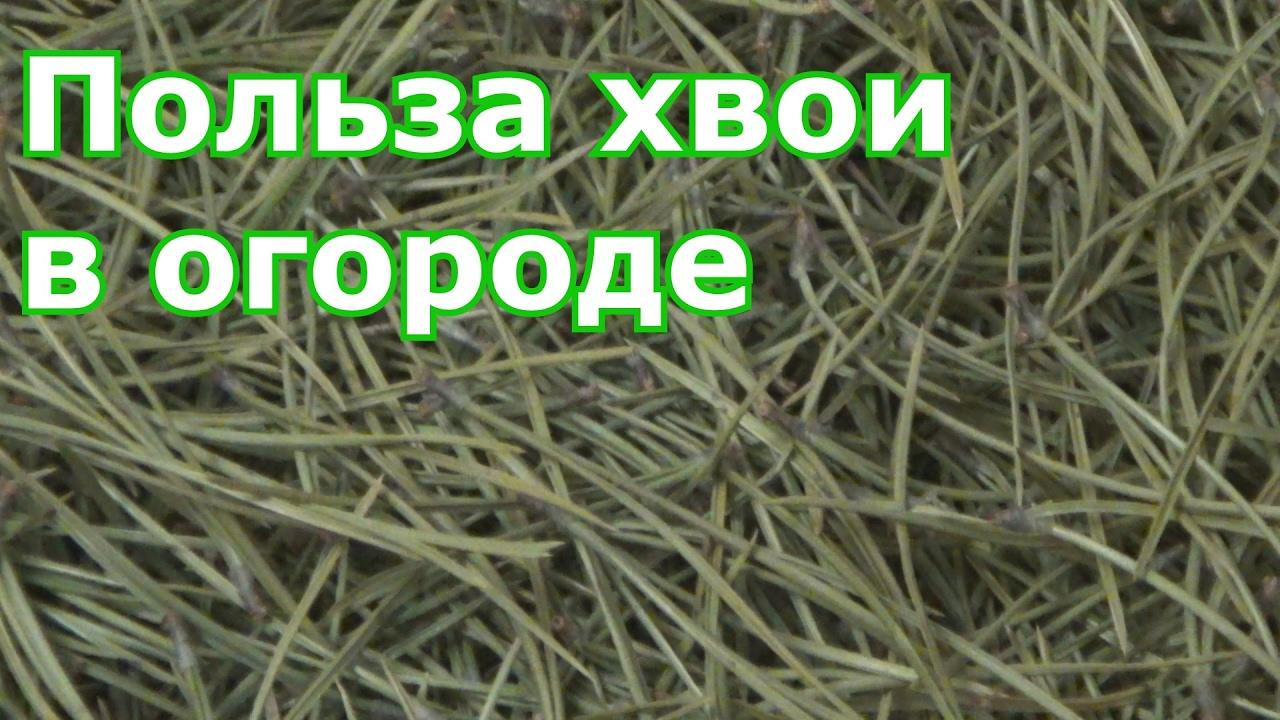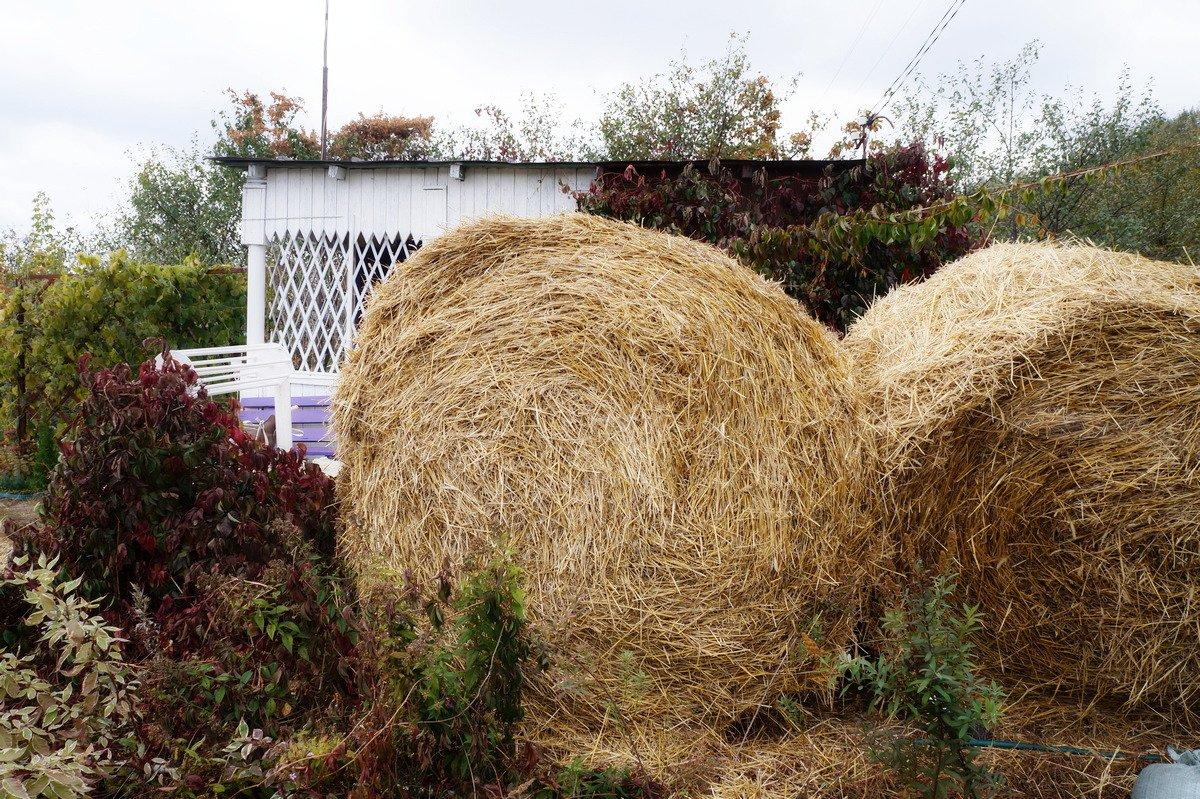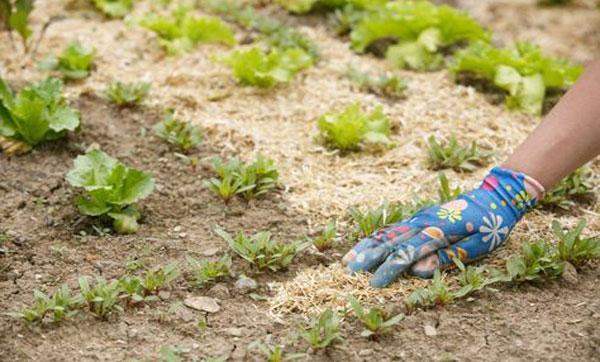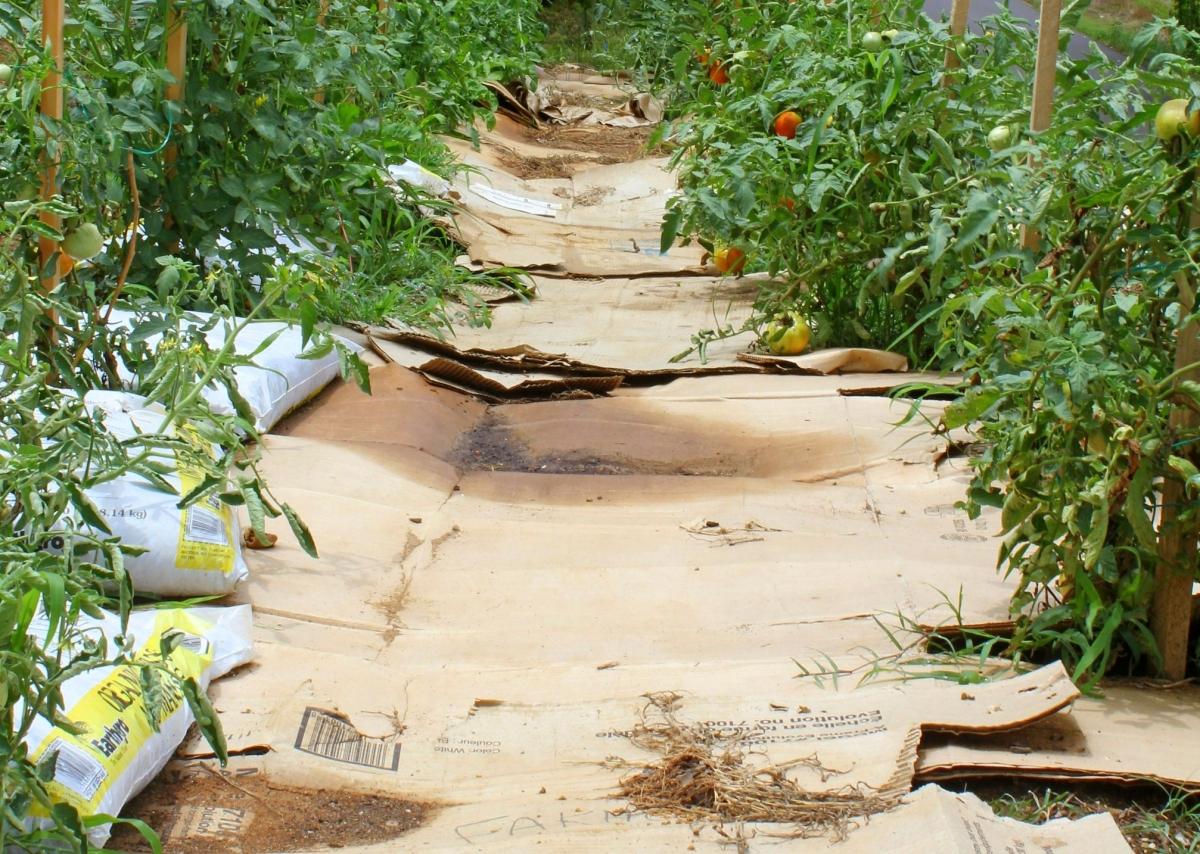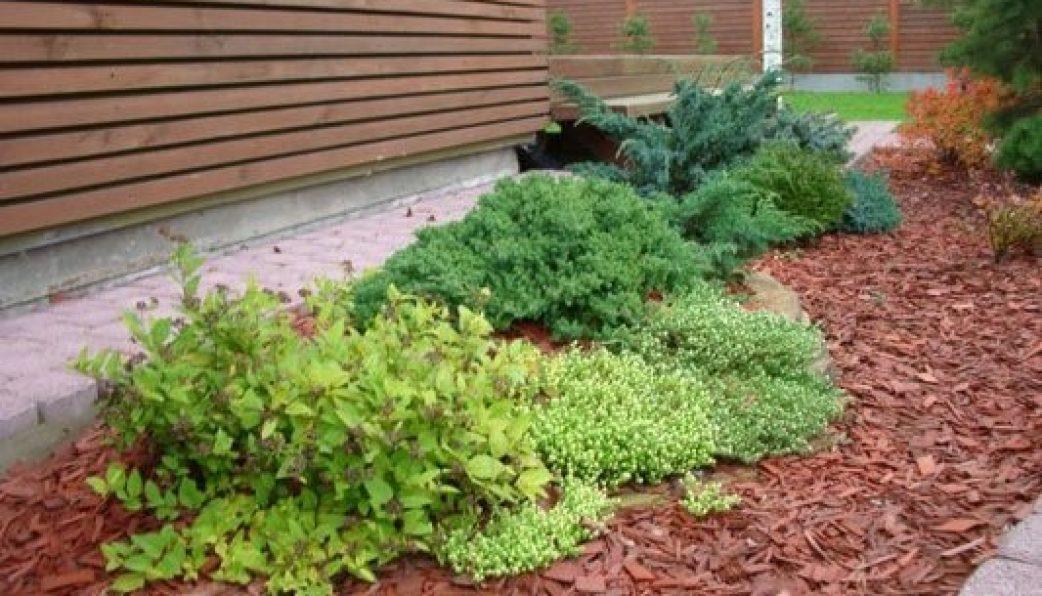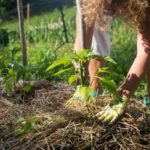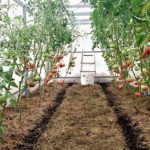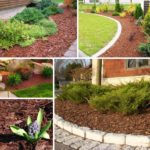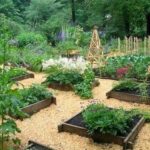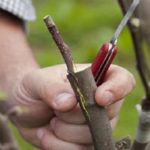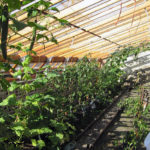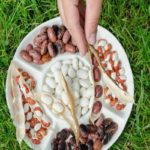A popular and effective agricultural practice is mulching, which has many advantages. It is not difficult to make your own mulch at home. Let's consider why mulching material is needed and how to make it from pine needles, leaves, straw or hay, dry weeds, sawdust, wood chips, paper and peat. And also, what are the features of mulching the soil at home.
Mulching functions
Mulch laid on the beds retains soil moisture evaporating from their surface, reduces the rate of drying out and prevents the formation of a crust.This allows you to reduce the amount of watering and loosening. This property of mulch becomes especially useful in southern regions, where summers can often be hot and dry. A layer of mulch protects the soil and plants not only from heat, but also from cold, during frosts, long periods of cold weather or temperature changes.
Thanks to the dense layer, under which the sun's rays do not penetrate, there is no need for weeding, since the growth of weeds stops. Mulch does not allow light to pass through, but it does allow air to pass through to the roots of the plants. Thus, the use of mulch makes it much easier to grow plants in your home garden. After about six months of presence in the beds, the mulch rots and becomes an excellent natural fertilizer.
How to make mulch with your own hands
In most cases, preparing mulch is not difficult. The plant material from which it can be made can be found in almost every area.
From pine needles
You can collect fallen pine needles in the forest and make an excellent mulch from it, which is loose and does not rot for a long time. It has an advantage over other plant material: due to the phytoncides contained in the needles, mulch prevents pathogens and pests from developing in it, and stops the movement of slugs. Needles can be poured onto the beds both in spring and autumn, but should be changed every year. The layer thickness is on average 5 cm.
fallen leaves
Foliage is easy to collect from under garden trees and shrubs in the fall if they are dry. But they can be used as a covering material only if the trees do not suffer from any infectious diseases and there are no pests on them.If you had to fight diseases or pests this season, it is better to burn the foliage. Lay the foliage on the beds in a layer of 10 cm, at first you need to make sure that the wind does not blow it off the ground. If the leaves are laid down for the winter, they need to be removed in the spring and replaced with new material, and the same should be done in the fall.
Hay and straw
Straw or hay is also considered an excellent organic material for covering beds. The use of straw has a peculiarity: it absorbs nitrogen, so during feeding you need to slightly increase the dosage of nitrogen fertilizers. Straw can be found in fields after crops have been cut or purchased.
There are also requirements for the quality of hay: if it is made from grass that has already flowered and formed seeds, then it cannot be used, there is a risk that the seeds will sprout and weeds will grow in the beds, which will then have to be dealt with. If the hay is made from young grass, there is no such danger.
When using such mulch, you need to ensure that it does not harbor pests and rodents that like to live in straw or hay.
Weeds
After weeding, weeds and tops of garden crops can be dried and dry hay can be used as mulching material. As in the previous case, only young plants that do not have ripe seeds are allowed for use.
Sawdust
You can use sawdust left after processing wood of any tree species except coniferous ones. As in the case of straw, fresh sawdust is not desirable, since when it rots, it also takes nitrogen from the soil. It is recommended to use partially rotted ones or to apply an increased dose of nitrogen fertilizers when feeding plants.
wood chips
Small chips and crushed bark with similar properties are also used as covering and decorative material. Wood chips are sprinkled around the trunks of trees and shrubs, especially conifers, and they line the ground near paths and flower beds.
Paper and cardboard
Small pieces of paper or thin cardboard can be used to mulch vegetable beds. The paper needs to be shredded, wetted and laid in a layer on the soil. To prevent it from being blown away by the wind, sprinkle humus or sand on top.
If you use dark-colored wrapping paper rather than light, you can get not only a covering material, but also a material that warms the earth. In the spring, under such mulch, the soil will warm up faster; seedlings can be planted in warm soil or seeds can be sown earlier than usual.
Peat
Lowland peat can be used to mulch garden beds. The material is well suited for covering beds before winter and at the beginning of the gardening season. In addition, peat is also a fertilizer; it loosens the soil and makes it softer, air- and moisture-permeable. Not only fresh wet peat, but also old dry peat can be used as mulch.
Features of soil mulching
Natural organic mulching materials can be found in every area. It is available, cheap and always at hand. But there are some nuances that you need to pay attention to when using natural mulch.
Thus, it is not recommended to use fresh pine needles - it is believed that they acidify the soil.You should not use foliage collected from the forest or from under your own trees if there is a possibility that pathogens or pests remain on them.
It is not recommended to use high-moor peat; it also acidifies the soil. Newsprint is not suitable for mulching due to printing ink, which contains toxic substances. They poison the soil and plants. You can only use blank paper, without any printing or design.
The layer of mulch from any material should not be less than 5 cm in spring and 10-15 cm in autumn. The lighter the raw material, the thicker the layer needs to be made. Autumn mulch should warm the soil and plant roots well in winter, so the layer needs to be thicker. In the spring, such mulch is usually replaced and burned. Ash can be used as fertilizer.
Plant material that can be collected on your own site is perfect for mulching home beds. This is hay, weeds and fallen leaves. They lay perfectly on the ground, serve not only as covering, but also as insulating material, and then as organic fertilizer. Sawdust and wood chips can be bought, and pine needles can be collected in the forest. All types of organic mulch are cheap, readily available, and not harmful to plants or soil. Using mulch in the garden can significantly facilitate the work of the gardener, minimize plant care, and increase productivity.

